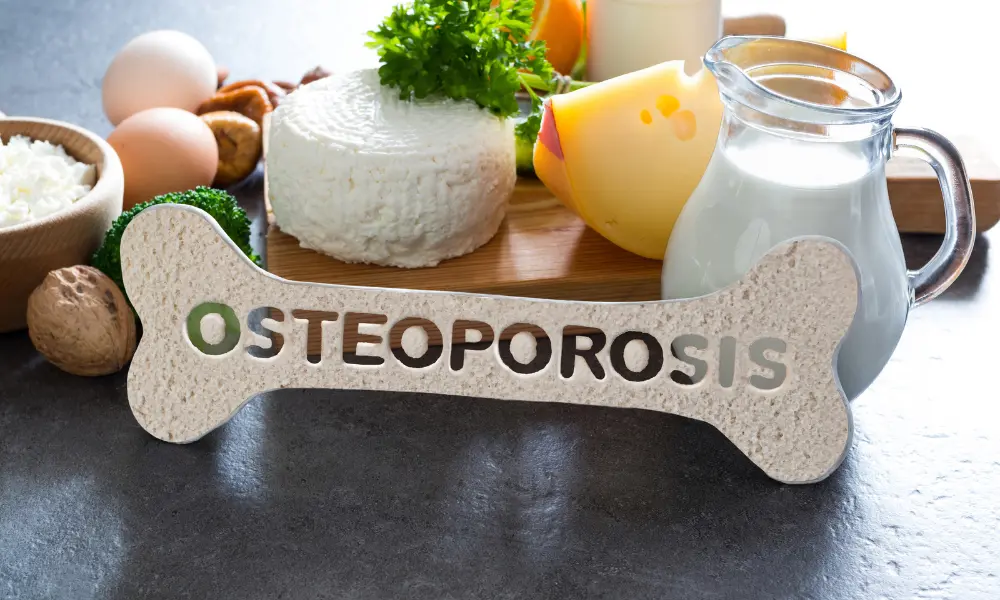The postmenopausal period is equally crucial for women’s overall health as puberty, pregnancy, and post-pregnancy. During this period, women’s bodies undergo several changes that may impact their physical stamina, emotional health, and mental health. One important health issue related to the postmenopausal period is osteoporosis. This article aims to share facts about postmenopausal osteoporosis, its impact on health, and its remedies.
What is postmenopausal osteoporosis?
Osteoporosis is a bone-related condition that may develop in both men and women as they age. However, because of hormonal changes, women who are undergoing menopause are highly vulnerable to developing postmenopausal osteoporosis.
In osteoporosis, the bones gradually become weak and fragile, increasing the chance of fracture. This impacts the overall well-being of an individual. One must understand the risk factors associated with postmenopausal osteoporosis so that chances of developing this can be managed.
Facts about postmenopausal osteoporosis
Risk factors: Age, genetics, family history, lifestyle choices, and hormonal changes contribute to the development of osteoporosis. Women over the age of 50, who have exposure to any one of these factors are at increased risk of developing osteoporosis. Additionally low levels of calcium and vitamin D can also make women highly vulnerable to develop osteoporosis post menopause.
Bone Density Loss: During menopause, the body’s estrogen levels decline, leading to accelerated bone loss. This may increase the risk of fractures, particularly in the spine, hips, and wrists.
Preventing postmenopausal osteoporosis: While osteoporosis is often associated with aging, there are steps women can adopt to reduce their risk of developing this condition. A balanced diet rich in essential minerals, especially calcium and vitamin D, regular weight-bearing exercise, and avoiding consuming alcohol and smoking can help maintain bone health.
Importance of screening: Early detection of osteoporosis is crucial for preventing fractures and complications. Bone density scans generally assess bone health and guide treatment decisions. Women who experience bone discomfort, especially post-menopause, must undertake this test.
Postmenopausal osteoporosis Treatment:
The diagnosis of osteoporosis is made by a team of specialists, which include Orthopaedic surgeons, rheumatologists, and Endocrinologists following scans and blood investigations.
Treatment includes drugs like bisphosphonates, PTH, and Teriparatide, which come in various oral and injectable forms. PTH and Teriparatide should be used with caution after consultation with specialists due to probable side effects in some patients.
Consequence of postmenopausal osteoporosis
Height loss is a common consequence of postmenopausal osteoporosis. As bones weaken and collapse, the spine can gradually compress, leading to a reduction in height. This process, known as vertebral compression fractures, can cause noticeable changes in posture and stature over time. However, with correct diagnosis and treatment, including medication to strengthen bones, lifestyle modifications, and surgeries like Kyphoplasty, the progression of osteoporosis can be slowed, helping to preserve both bone health and height.
In a nutshell, postmenopausal osteoporosis is a serious health concern that requires attention and proactive management. By understanding the potential risk factors, taking preventive measures, and seeking appropriate medical care, women can maintain their bone health and quality of life as they age.
FAQ on postmenopausal osteoporosis
What is the life expectancy of a person with osteoporosis?
Since osteoporosis is not a very serious health issue, people with this health condition can live longer after receiving proper treatment.
What is stage 4 of osteoporosis?
Stage 4 of osteoporosis is an advanced stage when bone loss is visible in general appearance.
What causes postmenopausal osteoporosis?
Factors like aging, family history, lifestyle choices, hormonal changes, and low levels of calcium and vitamin D contribute to the development of osteoporosis.
What is the pathology of postmenopausal osteoporosis?
It refers to a decrease in bone mass, deterioration of bone tissue, and compromised bone strength, leading to bone fragility and an increased risk of fracture.




